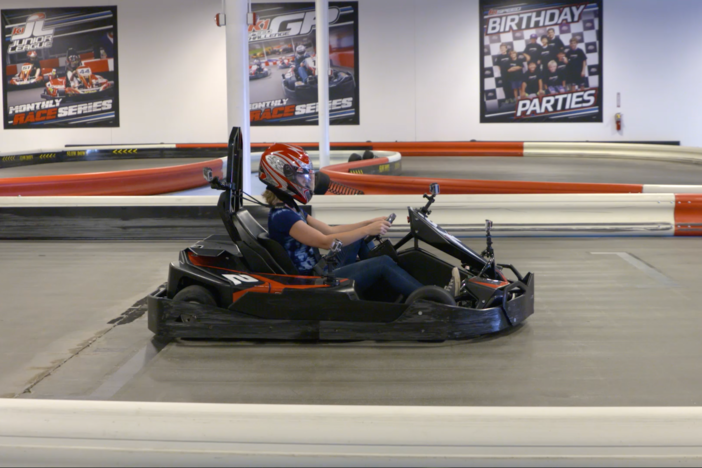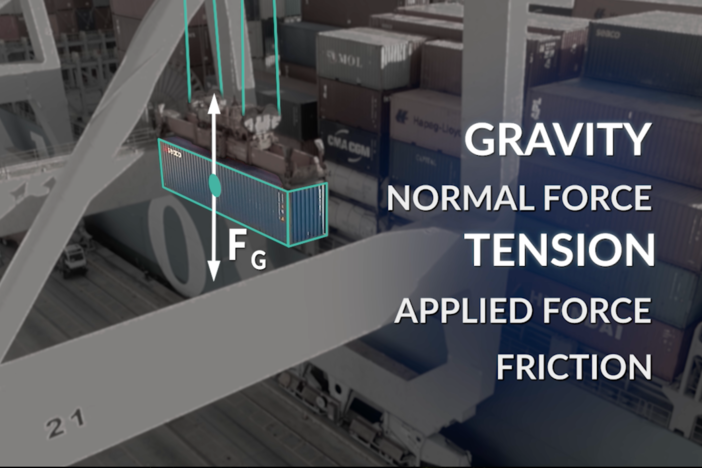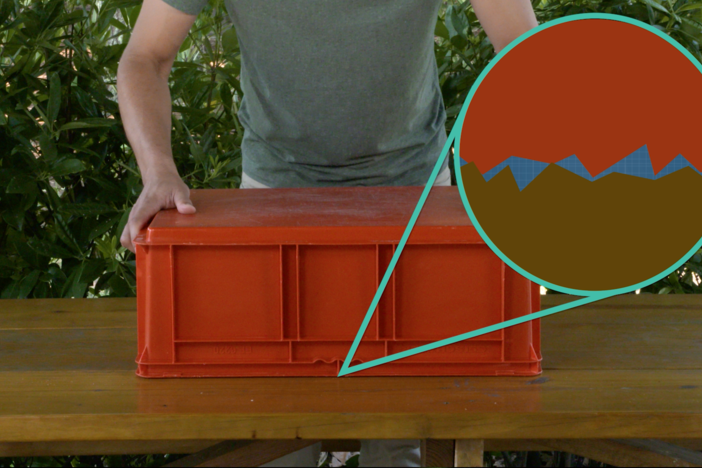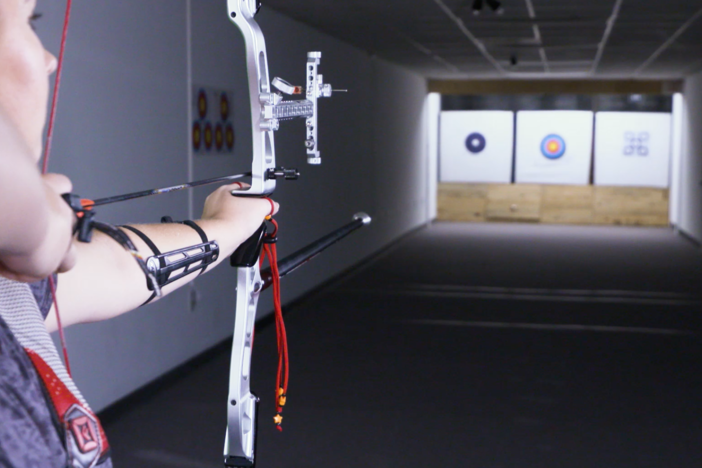Segment A: Newton’s Laws Overview
We introduce Newton's three laws of motion as we explore what causes objects to move.
Segment A: Newton’s Laws Overview
We introduce Newton's three laws of motion as we explore what causes objects to move.
Science
Obtain, evaluate, and communicate information about how forces affect the motion of objects.
Construct an explanation based on evidence using Newton's Laws of how forces affect the acceleration of a body.
- Explain and predict the motion of a body in absence of a force and when forces are applied using Newton's 1st Law (principle of inertia).
- Calculate the acceleration for an object using Newton's 2nd Law, including situations where multiple forces act together.
- Identify the pair of equal and opposite forces between two interacting bodies and relate their magnitudes and directions using Newton's 3rd Law.
Obtain, evaluate, and communicate information to explain the relationships among force, mass, and motion.
Construct an explanation based on experimental evidence to support the claims presented in Newton's three laws of motion.
Obtain, evaluate, and communicate information about cause and effect relationships between force, mass, and the motion of objects.
Construct an explanation using Newton's Laws of Motion to describe the effects of balanced and unbalanced forces on the motion of an object.
Construct an argument from evidence to support the claim that the amount of force needed to accelerate an object is proportional to its mass (inertia).
-Define each of Newton’s three laws.
-Understand that a force is a push or a pull.
-Explain the difference between balanced and unbalanced forces.
-Calculate the net force acting on an object.
balanced forces - when the sum of the forces acting on an object are equal the object will remain at rest, or it will move at a constant velocity.
force - a push or pull.
net force - the sum of all of the forces acting on an object.
Newton’s 1st Law of Motion - an object at rest remains at rest unless an external unbalanced force acts on it; an object in motion remains in motion unless an external unbalanced force acts on it.
Newton’s 2nd Law of Motion - an object accelerates in the direction of the net force acting on it.
Newton’s 3rd Law of Motion - for every action, there is an equal yet opposite reaction.
unbalanced forces - when the sum of the forces acting on an object are not equal, the object will accelerate or decelerate.
The Physics in Motion teacher toolkit provides instructions and answer keys for study questions, practice problems, labs for all seven units of study. GPB offers the teacher toolkit at no cost to Georgia educators.To order your teacher toolkit, complete and submit this form to request the teacher toolkit. You only need to submit this form one time to get materials for all seven units.






